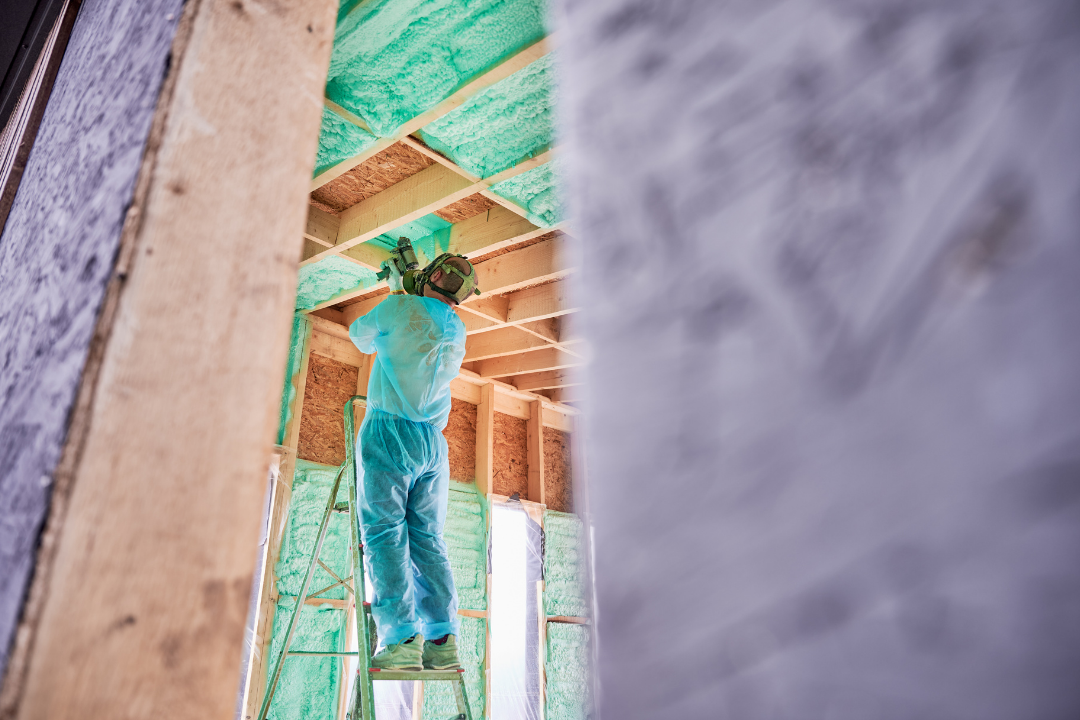
Insulation R Value: Why It’s the Key to Lower Energy Bills
If you’ve ever felt your energy bills creeping higher, especially during peak summer or winter months, your insulation may be the culprit. The concept of insulation r value might not sound thrilling, but it plays a huge role in how efficiently your home holds in heat or cool air. And that directly impacts your energy usage—and your bank account.
Let’s dive into why R-value matters, how to choose the right one, and how getting this one number right can lead to significant energy savings.
What Does R Value Really Mean?
R-value measures how well insulation resists the flow of heat. The higher the R-value, the greater the resistance to heat transfer. In other words, insulation with a higher R-value does a better job at keeping warm air inside during winter and hot air outside during summer.
Every insulation material has a different R-value per inch of thickness. For example, spray foam typically has a higher R-value than fiberglass batts, meaning you need less of it to get the same insulating effect.
So, when someone talks about insulation r value, they’re referring to how well the insulation will keep your indoor environment comfortable and energy-efficient.
Why R Value Matters More Than You Think
When your home has poor insulation—or the wrong R-value for your region—your heating and cooling systems have to work overtime. That not only wears them out faster but also spikes your utility bills month after month.
Here’s how getting the right insulation R-value can reduce energy waste:
- Prevents heat from escaping during winter
- Blocks unwanted heat during summer
- Reduces the demand on HVAC systems
- Keeps room temperatures more consistent
- Improves indoor comfort and air quality
According to Energy.gov, homeowners can save up to 15% on heating and cooling costs with proper insulation and air sealing. That’s a big return on a relatively small investment.
Choosing the Right R Value for Your Home
Not all parts of your home need the same R-value. Attics, for example, require much higher R-values than interior walls. Here’s a general guide based on Department of Energy recommendations:
- Attics in cold climates: R-49 to R-60
- Attics in moderate climates: R-38 to R-49
- Walls (exterior): R-13 to R-21
- Floors and crawl spaces: R-19 to R-30
Your local climate zone is the biggest factor in determining your ideal insulation r value. A contractor familiar with your region will use local building codes and thermal recommendations to guide you.
For an in-depth breakdown by region, the U.S. Climate Zone Map is a handy reference tool.
How Insulation Type Affects R Value
Not all insulation materials are created equal. Some types offer better R-value performance per inch, making them ideal for tight or awkward spaces.
| Material | R-Value per Inch |
| Fiberglass Batts | R-2.9 to R-3.8 |
| Cellulose (Blown-In) | R-3.1 to R-3.8 |
| Spray Foam (Open-Cell) | R-3.6 to R-3.9 |
| Spray Foam (Closed-Cell) | R-6.0 to R-7.0 |
| Rigid Foam Board | R-4.0 to R-6.5 |
This means you can achieve the same R-value using less closed-cell spray foam than fiberglass, though it may come at a higher upfront cost. The trade-off often pays for itself through long-term energy savings.
Upgrading Insulation? Don’t Overlook the R Value
If you’re planning to add new insulation or replace old materials, make sure R-value is at the top of your checklist. Here are some common mistakes to avoid:
- Using insulation with too low of an R-value for your climate zone
- Layering the wrong materials without checking total R-value
- Overlooking attic or crawlspace insulation, where the most heat escapes
- Ignoring air sealing, which can reduce insulation performance
When in doubt, consult with a local pro who understands insulation r value and can customize recommendations for your home. They’ll consider not just R-value, but also moisture control, ventilation, and your home’s design.
Real Results: How the Right R Value Pays Off
Homeowners who install insulation with the right R-value often report:
- More even temperatures across rooms
- Quieter indoor spaces (added soundproofing benefit)
- Smaller heating and cooling bills
- A higher resale value thanks to energy-efficient upgrades
In fact, according to the National Association of Realtors, insulation upgrades have one of the highest returns on investment among home improvements—often recouping over 100% of the cost in resale value.
Take the First Step Toward Smarter Insulation
Now that you understand the role insulation r value plays in energy efficiency, you’re better equipped to make informed choices for your home. Whether you’re planning a renovation or simply want to stop wasting energy, choosing the right R-value is the smartest move you can make.
Want to see how your current insulation stacks up? Contact a certified insulation specialist today and schedule an energy evaluation. You’ll get clear answers, smart recommendations, and a more comfortable home—all starting with one simple number.
